
Marketing data analysis is one of the most important tools that marketers rely on in the modern era to make decisions based on accurate facts and figures, rather than relying on guesswork or unreliable experiments. My experience in marketing data analysis was rich and complex, as I moved between different stages of learning and application. I will share with you the details of this journey in detail.
1. The beginning: Understanding the available data: When I first started dealing with marketing data, the first challenge was knowing what types of data are available and how they can be used. Marketing data comes from multiple sources such as:
- Social media: number of interactions, comments, likes, and shares.
- Websites: visitor traffic, most visited pages, time spent on the page.
- Email: open rates, click-through rates, conversion rates.
- Sales: purchase data, customer purchasing behavior, return on investment.
It was necessary at the beginning to know the nature of the data and classify it, whether it was quantitative data (such as visitor numbers or revenues) or qualitative data (such as comments or reviews).
2. Data Collection: Tools and Methods: At first, I used simple tools like Excel to collect and analyze raw data, but as the data grew in size and complexity, I moved to more advanced tools like:
- Google Analytics to analyze website traffic.
- HubSpot and Mailchimp to analyze email campaign performance.
- Facebook Insights and Twitter Analytics to analyze social media performance.
These tools helped me get initial insights into campaign performance, such as the most engaging posts or the emails that converted the most.
3. Data Cleaning: A necessary step before analysis, and one of the most important steps I learned is data cleaning. Raw data often contains inaccurate or duplicate information, such as:
- Missing values.
- Duplicate data.
- Outliers that affect the results of the analysis.
At this stage, I started using Python with libraries like Pandas to clean the data effectively, these tools were essential to organize the data and make it ready for analysis.
4. Analysis: Finding patterns and insights: After cleaning the data, the data analysis phase began, where the main goal in this phase was to discover hidden patterns and understand customer behavior. I used several techniques, including:
- Descriptive analysis: To extract basic information about average interactions or sales.
- Exploratory analysis: To understand the relationships between variables, such as the effect of time on conversion rate.
- Trend analysis: By displaying graphs using Matplotlib and Seaborn, I was able to see long-term trends in customer behavior, such as increased sales during certain times of the year.
5. Applying predictive models: Looking into the future After becoming experienced in descriptive and exploratory data analysis, I moved on to predictive models using techniques such as:
- Regression analysis: To determine the relationship between certain variables such as advertising budget and sales.
- Classification: To find out what type of customer is likely to buy a certain product.
- Segmentation: Dividing customers into groups based on their purchasing behavior.
Using predictive algorithms helped me improve future campaigns by more accurately predicting customer behavior, which led to improved ROI.
6. Performance Measurement: Comparing Results with Goals After applying the analysis and predictive models, it is time to measure performance. This stage was crucial in evaluating the success of marketing campaigns. I used key performance indicators such as:
- Click-through rate.
- Conversion rate.
- Cost per customer acquisition.
- Return on investment.
These indicators showed the effectiveness of the analysis I conducted, and helped me improve marketing campaign strategies.
7. Lessons learned and ongoing challenges through this experience:
- Data is not everything: Without strategic understanding and deep analysis, data will not be effective.
- Continuous learning: Data analysis is a constantly evolving field, and needs to keep pace with the latest technologies such as artificial intelligence and machine learning.
- Focus on the customer: Data helps in understanding customer behavior, but you should always look at the bigger picture and understand the psychological and social factors that affect their decisions.
Marketing data analysis is one of the most important tools that marketers rely on in the modern era to make decisions based on accurate facts and figures, instead of relying on guesswork or unreliable experiments.
Written by e-marketing student
Tamer Anas Joseph Awis

19/09/2024
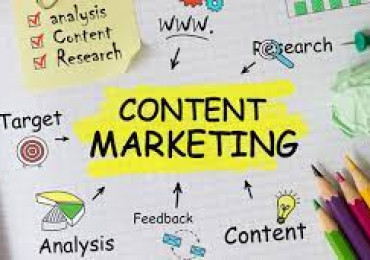
16/08/2024
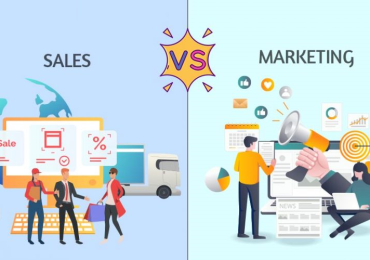
12/09/2024

23/08/2024
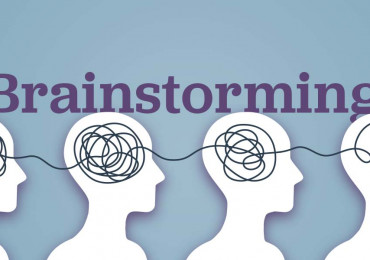
13/09/2024
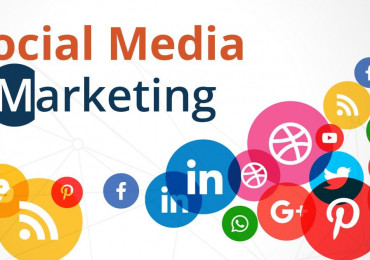
18/08/2024

30/08/2024

01/10/2024
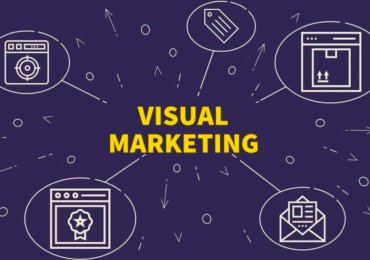
05/09/2024

14/09/2024

21/08/2024

23/08/2024

01/09/2024
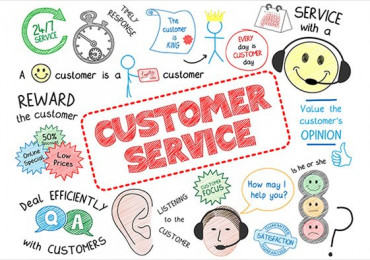
25/06/2024
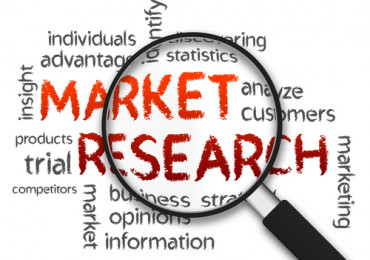
11/09/2024

26/08/2024

26/08/2024